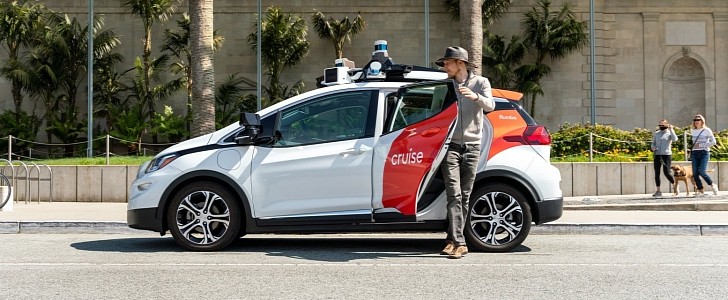Despite some mishaps in San Francisco, GM’s Cruise is set to expand its business to two new cities. The residents in Austin, Texas, and Phoenix, Arizona, will soon be able to order a driverless taxi as the startup seeks to add $1 billion in revenue by 2025.
The autonomous-driving company began commercial service in San Francisco in June. Despite some setbacks, Cruise’s chief executive officer Kyle Vogt thinks the technology is performing well enough to justify the expansion. According to Bloomberg, Vogt said Cruise’s self-driving software is no longer a bottleneck. In his words, the company is finally “in a position to grow and to do it very quickly.” Cruise’s CEO doubled down on his remarks announcing plans to extend services in Texas and Arizona.
“Some fun news - Cruise is bringing driverless rides to Austin and Phoenix later this year,” wrote Vogt on Twitter. “Our team is going from zero footprint in Austin (no test vehicles or maps) to driverless rides in ~90 days. We’ve been prepping for scaling the last couple years, glad to see that work paying off.”
Despite Kyle Vogt’s optimism, the new operations will not add significantly to Cruise’s bottom line, and at first, it won’t add anything. But Cruise plans to scale operations throughout 2023, as Vogt shared at a Goldman Sachs conference on Monday. The plan is to reach $1 billion in revenue by 2025 and then $50 billion by the end of the decade. As GM owns 80% of Cruise, this achievement is vital to the carmaker’s strategy to double its total sales to $280 billion by 2030.
Nevertheless, according to Bloomberg, Cruise is still far from its goal, with around $51 million in sales in the first half of this year. The company is bleeding money fast, with an $868 million operating loss in the same period. Cruise’s operations in San Francisco were about to crumble after one of its vehicles was involved in a crash, just one day after the California regulators issued the operating permit. Several reports pointed to a “chaotic safety culture” at the company.
“Some fun news - Cruise is bringing driverless rides to Austin and Phoenix later this year,” wrote Vogt on Twitter. “Our team is going from zero footprint in Austin (no test vehicles or maps) to driverless rides in ~90 days. We’ve been prepping for scaling the last couple years, glad to see that work paying off.”
Despite Kyle Vogt’s optimism, the new operations will not add significantly to Cruise’s bottom line, and at first, it won’t add anything. But Cruise plans to scale operations throughout 2023, as Vogt shared at a Goldman Sachs conference on Monday. The plan is to reach $1 billion in revenue by 2025 and then $50 billion by the end of the decade. As GM owns 80% of Cruise, this achievement is vital to the carmaker’s strategy to double its total sales to $280 billion by 2030.
Nevertheless, according to Bloomberg, Cruise is still far from its goal, with around $51 million in sales in the first half of this year. The company is bleeding money fast, with an $868 million operating loss in the same period. Cruise’s operations in San Francisco were about to crumble after one of its vehicles was involved in a crash, just one day after the California regulators issued the operating permit. Several reports pointed to a “chaotic safety culture” at the company.













